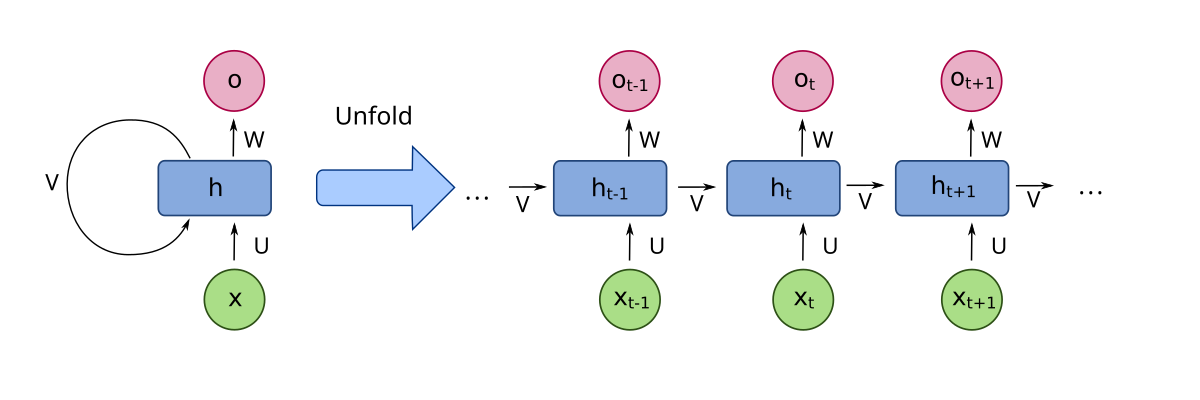Example implementations of RNN, LSTM, and GRU using PyTorch:
import torch
import torch.nn as nn
class BasicRNNCell(nn.Module):
def __init__(self, input_size, hidden_size):
super(BasicRNNCell, self).__init__()
self.ih = nn.Linear(input_size, hidden_size)
self.hh = nn.Linear(hidden_size, hidden_size)
def forward(self, x, h):
h = torch.tanh(self.ih(x) + self.hh(h))
return h
class CustomLSTMCell(nn.Module):
def __init__(self, input_size, hidden_size):
super(CustomLSTMCell, self).__init__()
self.W_ii = nn.Linear(input_size, hidden_size)
self.W_hi = nn.Linear(hidden_size, hidden_size)
self.W_if = nn.Linear(input_size, hidden_size)
self.W_hf = nn.Linear(hidden_size, hidden_size)
self.W_io = nn.Linear(input_size, hidden_size)
self.W_ho = nn.Linear(hidden_size, hidden_size)
self.W_ig = nn.Linear(input_size, hidden_size)
self.W_hg = nn.Linear(hidden_size, hidden_size)
def forward(self, x, h, c):
i = torch.sigmoid(self.W_ii(x) + self.W_hi(h))
f = torch.sigmoid(self.W_if(x) + self.W_hf(h))
o = torch.sigmoid(self.W_io(x) + self.W_ho(h))
g = torch.tanh(self.W_ig(x) + self.W_hg(h))
c = f * c + i * g
h = o * torch.tanh(c)
return h, c
class SequenceModel(nn.Module):
def __init__(self, input_size, hidden_size, num_layers, cell_type='lstm', bidirectional=False, dropout=0.0):
super(SequenceModel, self).__init__()
self.cell_type = cell_type.lower()
if self.cell_type == 'rnn':
self.rnn = nn.RNN(input_size, hidden_size, num_layers, bidirectional=bidirectional, dropout=dropout)
elif self.cell_type == 'lstm':
self.rnn = nn.LSTM(input_size, hidden_size, num_layers, bidirectional=bidirectional, dropout=dropout)
elif self.cell_type == 'gru':
self.rnn = nn.GRU(input_size, hidden_size, num_layers, bidirectional=bidirectional, dropout=dropout)
else:
raise ValueError(f"Unknown cell type: {cell_type}")
def forward(self, x, h=None):
return self.rnn(x, h)
